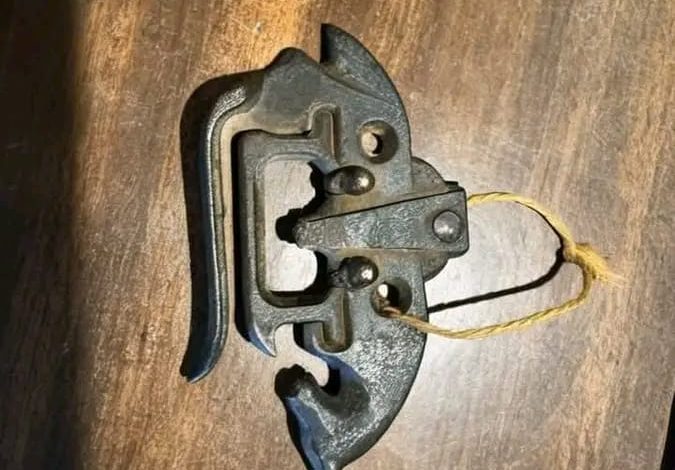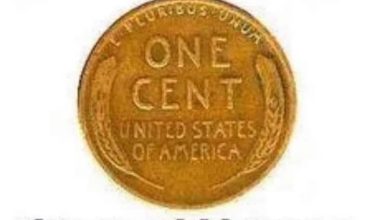The Mystery of the Antique Cast Iron Tool – A Glimpse into Vintage Ingenuity

ADVERTISEMENT
The Mystery of the Antique Cast Iron Tool – A Glimpse into Vintage Ingenuity
In a world where high-tech gadgets and sleek designs dominate our daily lives, there’s something uniquely fascinating about vintage tools — especially those shrouded in mystery. The object in this image is one such example: a rugged piece of cast iron machinery that sparks curiosity at first glance. What was it used for? Who designed it? And how did it serve its purpose in a simpler, hands-on time?
🔍 Introduction
This mysterious cast iron tool, likely from the early to mid-20th century, is a fine example of utilitarian craftsmanship. At first sight, it appears complex with its curved shapes, locking mechanisms, and worn-down edges, clearly showing signs of use. It’s small enough to be held in one hand, but heavy enough to command respect — a hallmark of tools made before mass plastic production. Tied with a bit of old string, perhaps once hung on a workbench wall, this relic whispers stories of labor, precision, and mechanical function.
🛠️ Function and Features
This item is believed to be a vintage can opener or a multipurpose farm tool. More specifically, it resembles an old barn door latch or hay bale gripper. Tools like these were often designed to perform multiple functions. The large hooked section suggests it may have been used to grip or pull something, while the more intricate clasping section appears to lock or clamp.
Here are some plausible functions:
-
Barn Door Latch or Locking Hook: The curved hook and flat back suggest it could latch onto a stable door or gate, commonly found in agricultural setups.
ADVERTISEMENT
-
Hay Bale or Feed Bag Lifter: Farmers used handheld hooks like this to lift heavy feed sacks or bales of hay.
-
Railroad or Logging Tool: Some older railcar equipment or timber clamps had similar construction.
-
Multi-tool for Farming Use: A compact device meant to assist in day-to-day mechanical needs like tightening, lifting, or hooking.
The strong, durable design indicates it was intended for rugged use, and the inclusion of a hanging loop suggests it was frequently used and kept accessible.
🧭 Historical Value
Tools like this weren’t made in large quantities, nor were they designed with aesthetics in mind. They were created for purpose, function, and reliability. This adds a significant level of historical value. Collectors of vintage tools, antique dealers, and history enthusiasts are often drawn to such pieces because they represent a time when craftsmanship and durability were paramount.
ADVERTISEMENT
Today, tools like this are seen as part of the industrial heritage — showcasing how people solved problems and worked with their hands before the advent of modern machines. They’re often preserved in museums, garages, or passed down through families.
✨ Conclusion
The object in the image is far more than a rusted piece of iron — it’s a piece of forgotten engineering, a bridge to the past, and a silent witness to hard labor and simpler times. Whether it once opened cans, held a gate, or lifted a bale, its presence today invites us to appreciate the tools that built our world, one job at a time.
So the next time you see a tool like this at a flea market or hanging in a dusty barn, take a moment to appreciate the story it tells — and the hands that once put it to use.
ADVERTISEMENT




